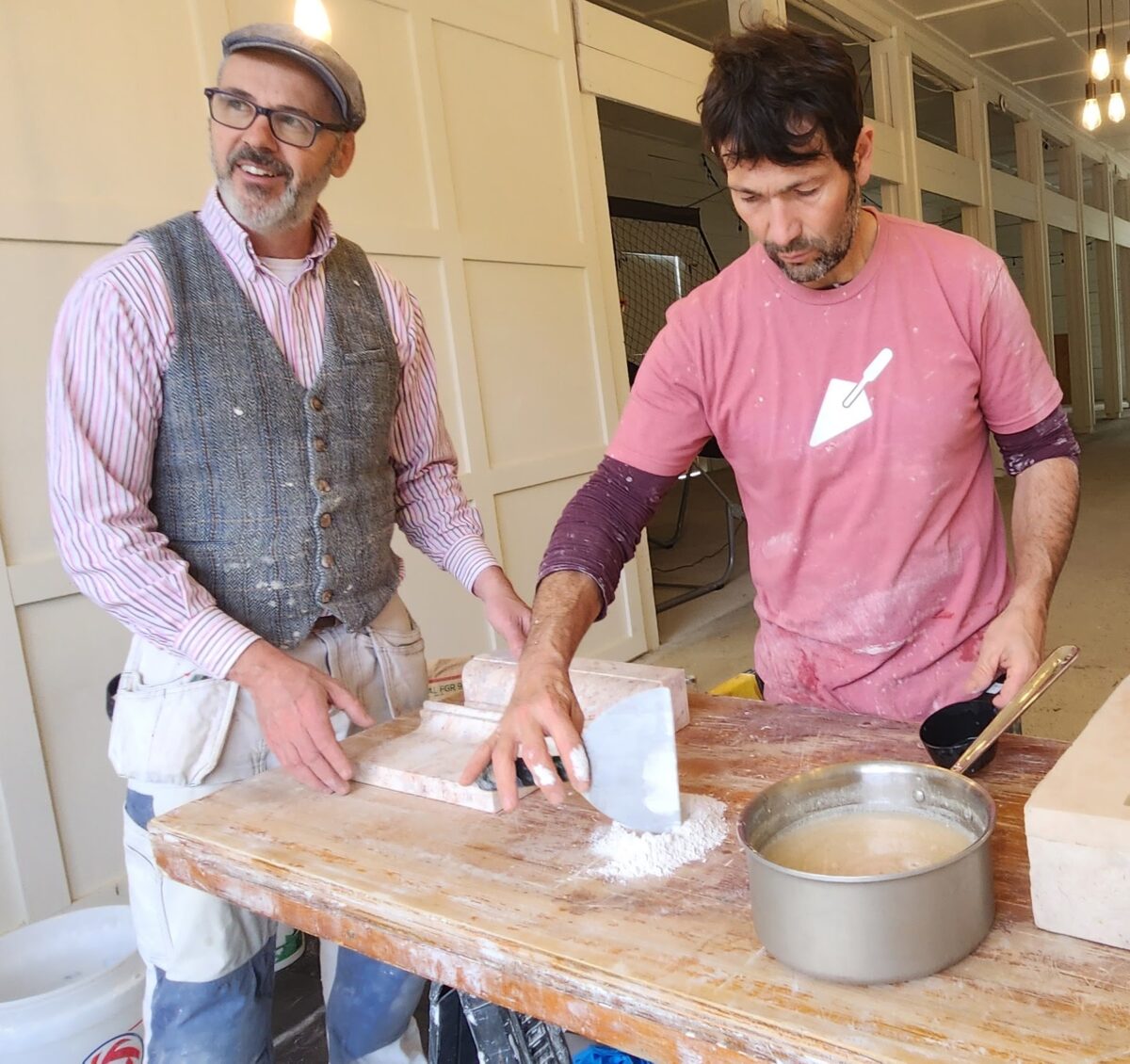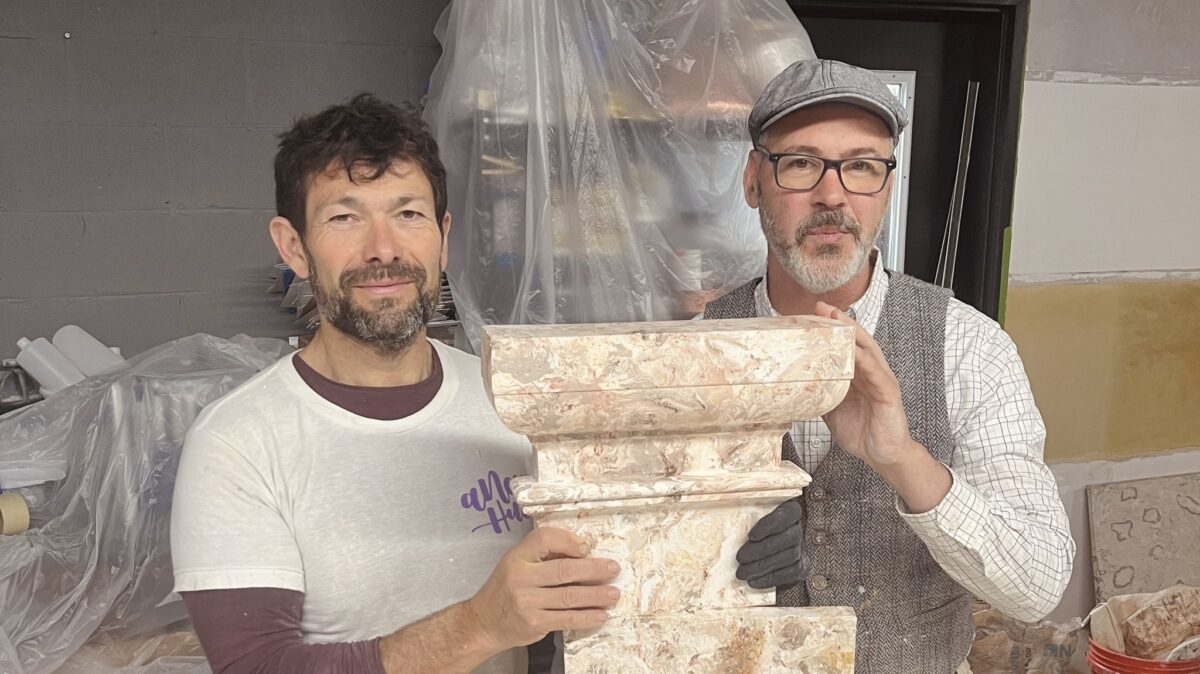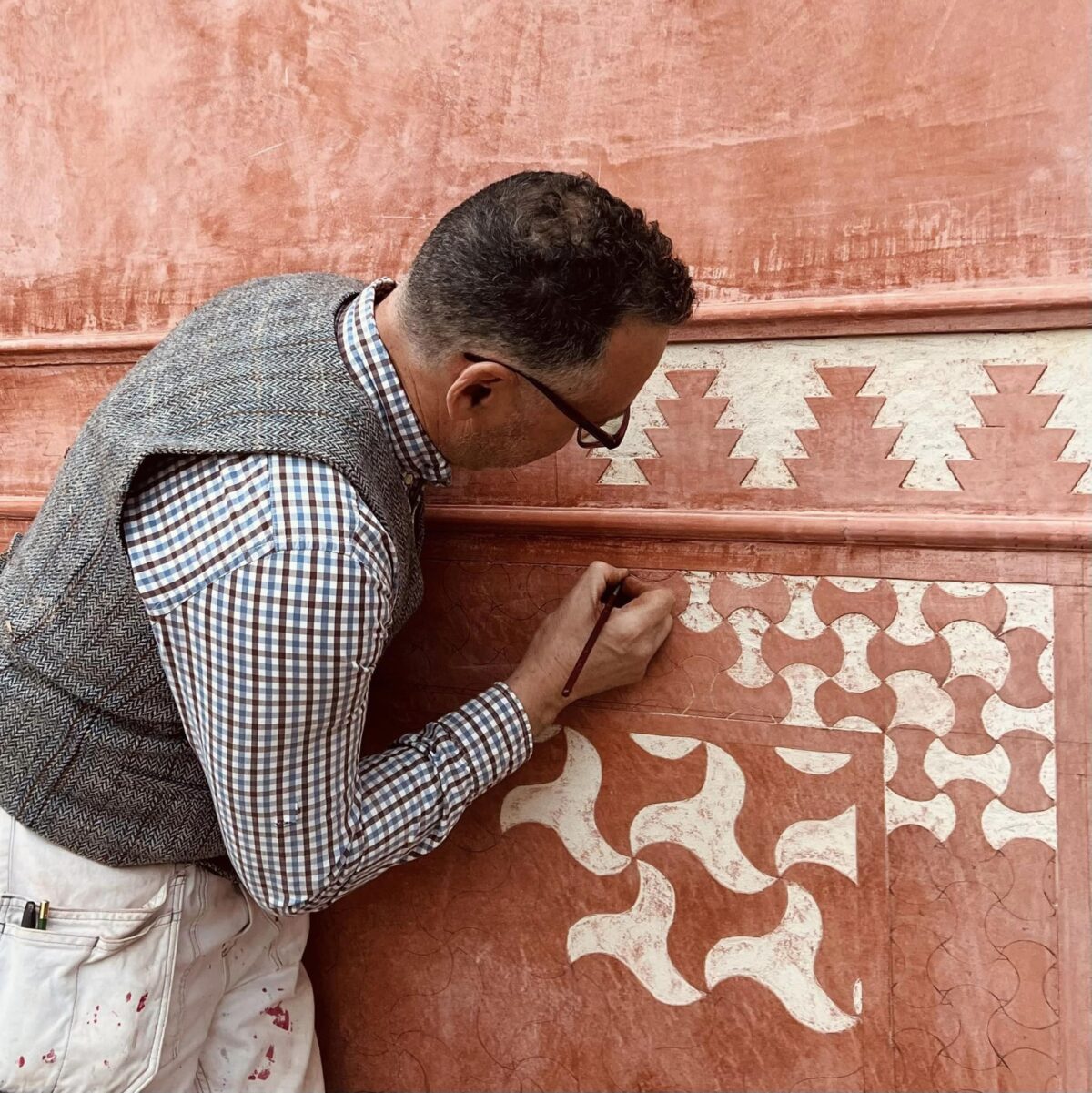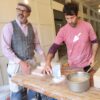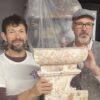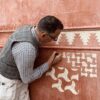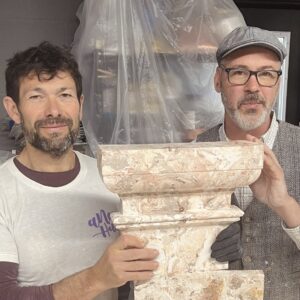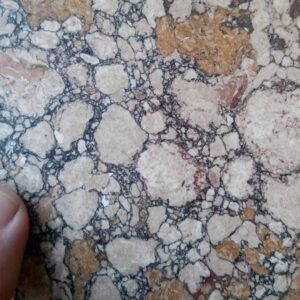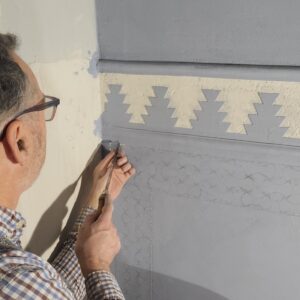Scagliola and Sgraffito- 2 Masterclasses for 2 people
$2,500.00
NO EXPERIENCE NECESSARY.
These 2 consecutive intermediate level masterclasses will be featuring 3rd generation master stuccoist Oscar Urruela Sacristan as well as traditional plasterer Patrick Webb.
In the first class, they will share traditional techniques of scagliola (imitation marble/granite) including materials, design, casting, and intarsia (inlay) work.
During the 2nd class, you will discover designs of Moorish motifs for friezes and mosaics from Andalusia, southern Spain that will be subsequently used to produce templates for run-in-situ mouldings and sgraffito carving in various plaster materials.
Out of stock
1st Masterclass:
Scagliola is a handmade composite substance that is similar to quarried marble. It is created using materials such as plaster, hide glue mixed with water, and lime-proof mineral pigments. We will cover the materials, formulas, and processes necessary to create this masterful imitation marble which can be used in sculpture, walls, furniture, columns, floors, fireplaces, and more.
The highest expression of the plasterer’s art has been created, lost and rediscovered. Yet, for the past two millennia, Scagliola has never ceased to fascinate nor witness its aura of mystery diminish.
Part sculpture, part science- the sophisticated process that gives birth to Scagliola demands the focused mind and precision of a chemist, the hands of an experienced plasterer and the subtle, sensitive eye of an artist.
2nd Masterclass:
You will learn about materials such as gypsum lime, Tadelakt, clay plaster, soap and pigments as well as creating a run-in-situ moulding, different Moorish patterns, plastering base/ finish coats and the techniques for Sgraffito.
This class will focus on the underlying geometry of how to draw Moorish motifs taken from southern Spain’s Alhambra and Real Alcazar of Seville and ultimately be put into plaster practice with polychromatic plaster carvings using traditional Sgraffito tools and techniques.
